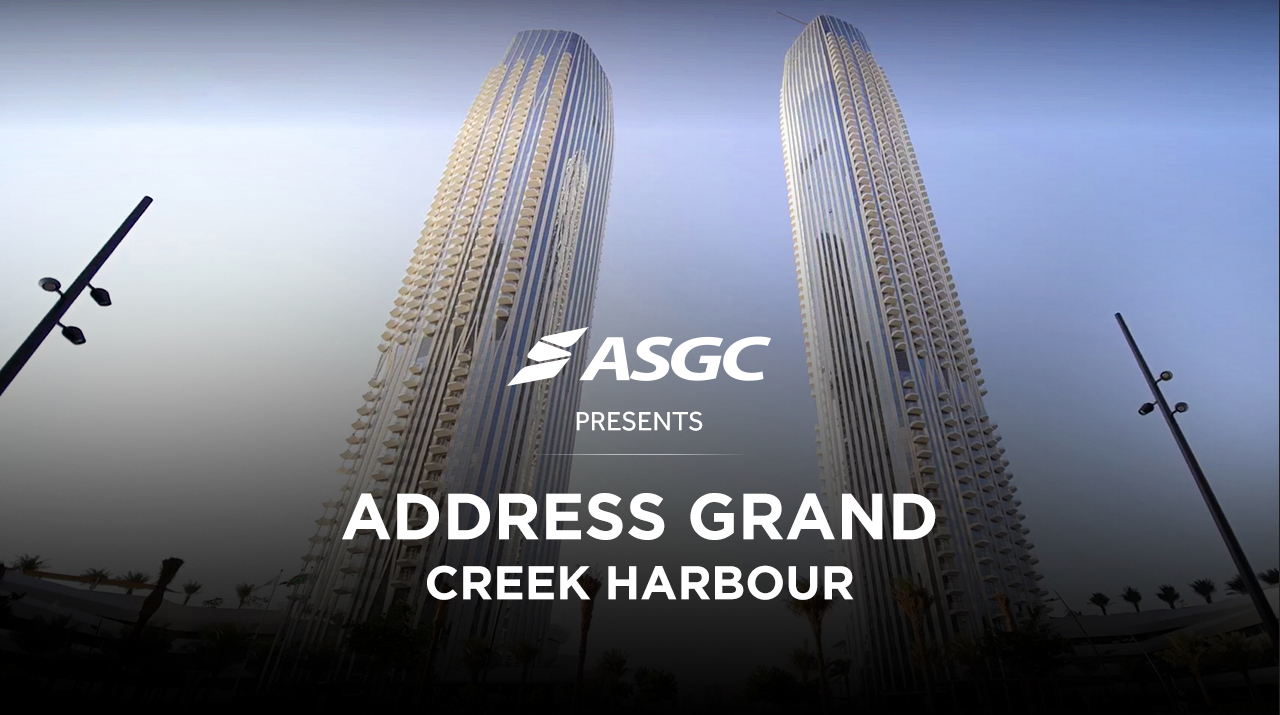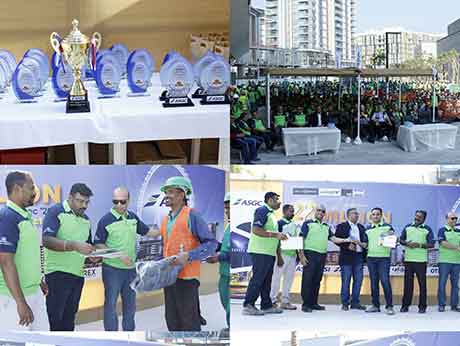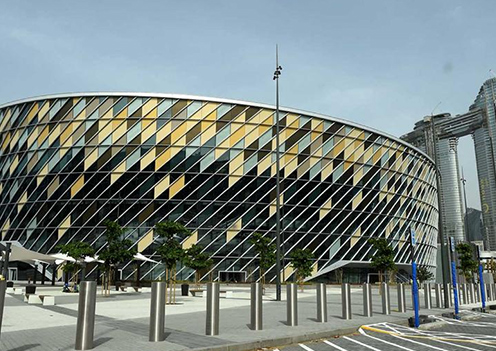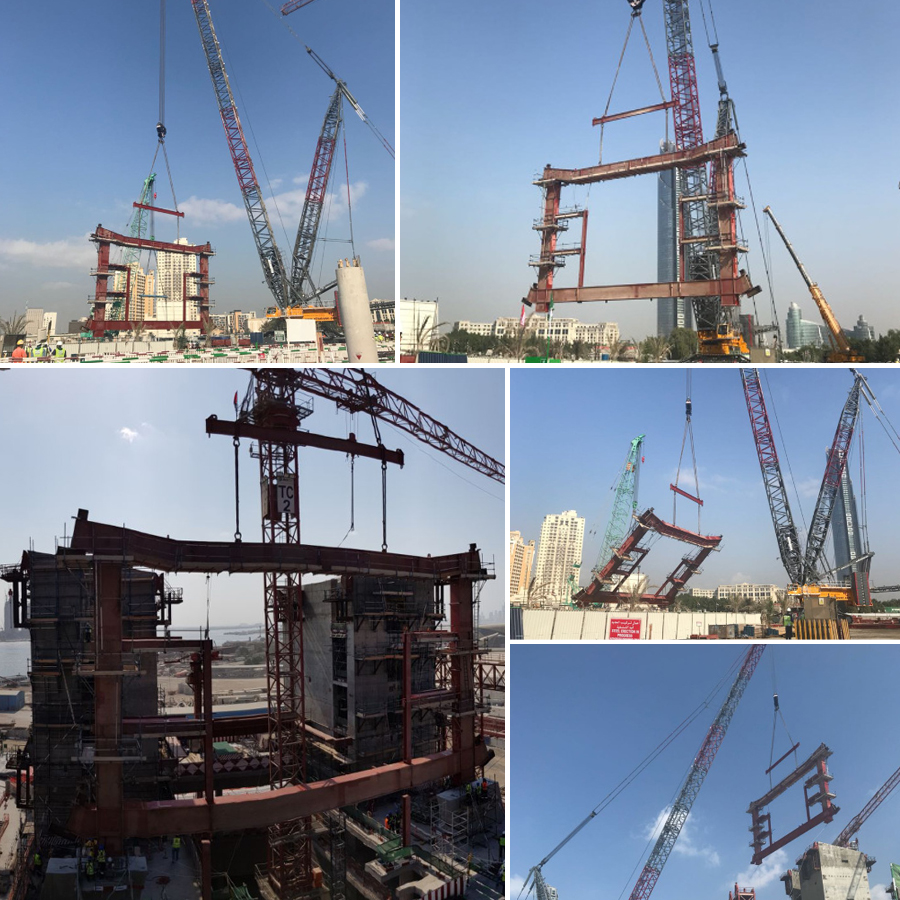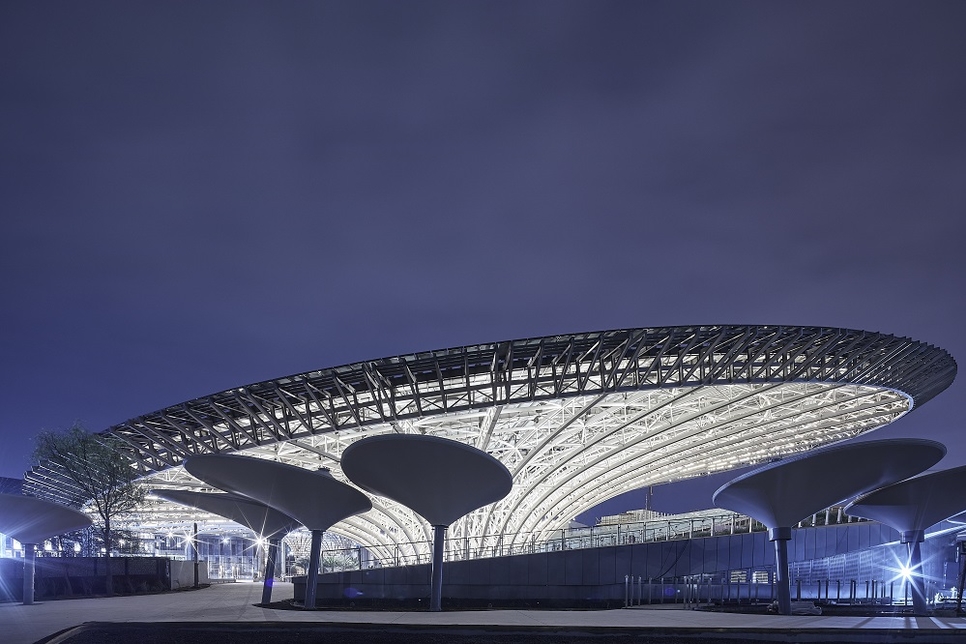
EXCLUSIVE: ASGC's Alex Boyazoglu & Bassem Ezzat Ayad talk about putting 'huge efforts into the engineering' of the pavilion
Dubai-based construction heavyweight ASGC has told Construction Week that the contractor had put “huge efforts into the engineering stage” of Expo 2020 Dubai’s Terra – The Sustainability Pavilion, designed by UK-based Grimshaw Architects.
In December 2020, ASGC obtained the Building Completion Certificate (BCC) for the Sustainability Pavilion, which will be open to public from 22 January until 10 April 2021.
For ASGC, it all started on 28 February 2018, when the company was awarded the main contract for the Sustainability Pavilion, and it commenced construction on 14 April 2018.
“Tendering process was very challenging due to special and specific materials and system requirements of the project. A lot of co-ordination was required with supply chain and specialist subcontractors,” recalled Alex Boyazoglu, senior project director of the sustainability pavilion while talking to Construction Week.
“During this period itself, there was Comprehensive Value Engineering Exercise to achieve Employer’s Budget while maintaining same level of technicality of the project.”
ASGC’s history of successfully delivering “landmark projects that enriched the social infrastructure of Dubai” has been one of the main reasons for the company winning the main contract for Expo 2020 Dubai’s Sustainability Pavilion.
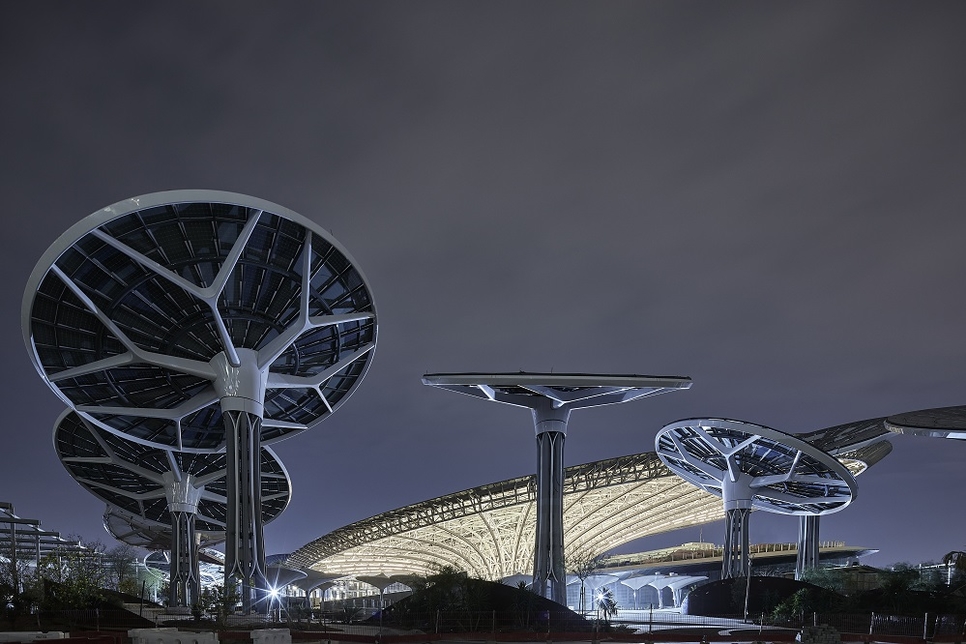
Talking to about the scope of work at the pavilion, senior project director of the sustainability pavilion at ASGC, Alex Boyazoglu, told Construction Week: “ASGC was responsible for carrying out all the works related to sustainability pavilion including the concrete works, internal finishing, main canopy structural steel, PV panels, energy and water trees, and the exhibitions.”
At the time of receiving the BCC, ASGC poured more than 25,000m3 of concrete, installed more than 4,500 tonnes of reinforcement steel, as well as used over 2,200 tonnes of steel for the main canopy structure.
The, now complete, Sustainability Pavilion will be one of the world’s newest and most sustainable LEED Platinum-certified buildings, according to ASGC.
Spread across 29,159m2, the pavilion aims to showcase the mutual co-existence of architecture and sustainable future living.
“The pavilion is dynamic in its form, built from the ground up with sustainability as its guiding principle, aiming to not only educate and delight visitors but also to serve as an iconic building and living landmark to sustainability, a destination where science and the public intersect,” stressed Boyazoglu.
According to Bassem, senior project manager at ASGC, the Sustainability Pavilion has been targeting a LEED Platinum certification from the US Green Building Council (USGBC) as well as Platinum Sa’fa certification from Dubai Municipality (DM)
Hence, elements including the design of the project, technologies used as well as materials selection were in line with the targets.
The project’s 130-metre-wide main canopy is covered with more than 10,000m2 of photovoltaic (PV) panels that can together generate up to 4GWh of electricity annually. Additionally, the main canopy is surrounded with 18 energy trees, which are “capable of tracking the sun’s movement for maximum solar harvest”.
Explaining how difficult it had been for ASGC to implement the design of the structure, Bassem said: “Huge efforts were put into the engineering stage of the project to ensure the efficient and reliable implementation of this unique design. Constructability in such projects is always a huge concern, but with effective collaboration between stakeholders with such projects becoming a reality.”
The construction of the Sustainability Pavilion has been managed by a group of stakeholders including Al Shafar United (ASU) as the MEP contractor, Buro Happold as the structural and MEP Consultant, Acciona Cultural Engineering, Al Shafar Interiors, and Italdeco as the fit-out contractors, and Rice Perry Ellis & Partners as the Architect of the Record (AOR).
One of the biggest milestones for the construction team at the Sustainability Pavilion has been achieving 7,525,030 LTI-free safe man hours, according to ASGC. During peak construction period, over 1,600 workers were deployed at the project site.
During the global pandemic, when the supply chain and the health of stakeholders was impacted, ASGC was able to reduce the “risks related to material delivery and possible delays”, as it owns most of its own supply chain.
Meanwhile, the contractor enforced emergency policies and procedures for both its staff and work force, including strict thermal scanning on daily basis, regular deep cleaning routines, enforcing the need to wear face masks, installing hand washing stations, and sanitisation facilities, on the site and in the offices to combat the spread of COVID-19.
The Sustainability Pavilion will be a part of District 2020, the legacy of Expo 2020 Dubai, making it one of the permanent structures on the site.
“The sustainability pavilion is built for years to come not only as a remarkable landmark, but also a cultural hub,” noted Boyazoglu. “This has reflected on the size and complexity of the construction stage when compared to other temporary pavilions which are not part of District 2020.”
Source: constructionweekonline.com
More to Explore
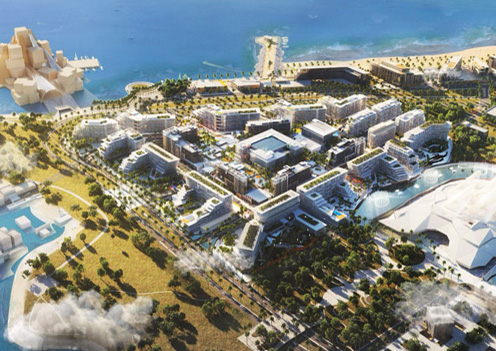
ASGC delighted to announce new project award - The Grove at Saadiyat Island in Abu Dhabi
Read More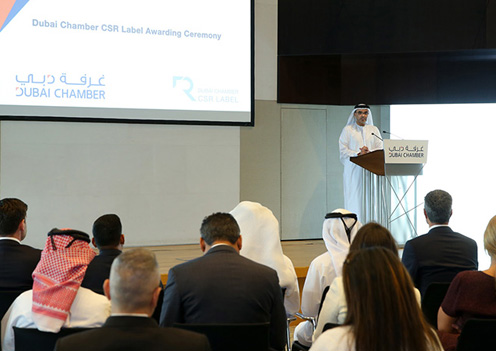
Dubai Chamber presents 35 businesses with CSR Label for their efforts in H2 2019
Read More